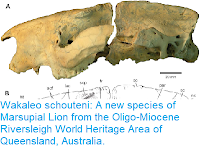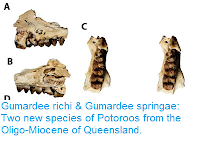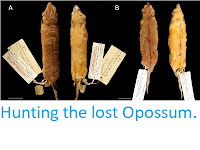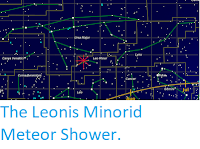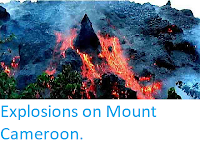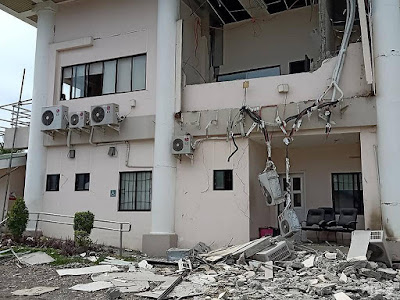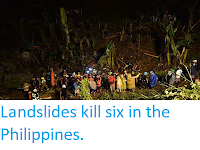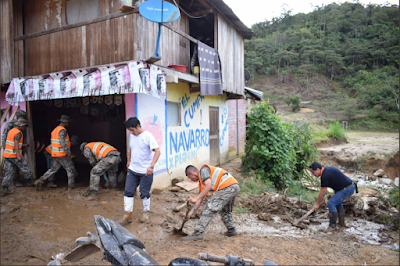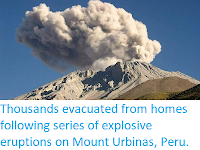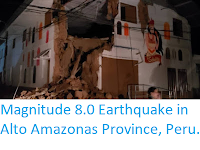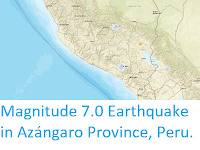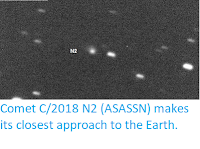Hundreds of Koalas, Phascolarctos cinereus, are feared to have died in a forest fire that has swept through the Lake Innes and Lake Cathie of New South Wales, to the south of Port Macquarie this week. The fire is thought to have destroyed about 20 km² of Eucalyptus woodland, including much of the Lake Innes Nature Reserve, considered to be a key Koala habitat. Koalas are found only in Eucalyptus woodland, and are currently considered to be Vulnerable under the terms of the International Union for the Conservation of Nature's Red List of Threatened Species, largely due to habitat fragmentation, with many populations known to be suffering from inbreeding depression, a
phenomenon which occurs when much of a natural population has been wiped out
and most of the surviving members are closely related.
Forest fire burning in New South Wales. Martin Von Stoll/ABC.
Inbreeding depression
can lead to health problems as harmful recessive genes become widespread, and
typically leads in reduced fertility. In extreme cases this can result in
populations with numerous living individuals, which can be observed and
recorded by naturalists, but which have no prospect of long-term survival. As such the Lake Innes Koala population is considered to be of key importance for the future of the species, as it is known to be genetically diverse with little inbreeding, and it is feared that the fires may have wiped out as much as 60% of this population.
Eucalyptus, or Gum Trees, are fast growing members of the Myrtle Family,
Myrtaceae, native to Australia but now grown extensively for their
timber in many other parts of the world. They are valued for their fast
growth, enabling them to produce much timber quickly, However they
dominate ecosystems in which they become established, causing a variety
of problems both for native plants and animals, as Human residents. The
trees produce large amounts of volatile terpanoids which suppress the
growth of other plants, and consume large amounts of water, lowering the
water table in areas where they become established. The trees also shed
branches regularly, as well as leaves and strips of bark, creating a
dry environment littered with dry plant material where wildfires quickly
become established. The terpinoids in the wood of Eucalyptus cause
these forests to burn readily, typically at a temperature about 30 °C
higher than other forest fires, which can kill specie such as Oak, which
can often survive fires. This increases the ecological dominance of the
Eucalyptus, as, while the trees are killed by the fires, the seed pods
can survive and rapidly germinate after fires, which since the trees
grow quickly, enables them to quickly claim the newly available land.
As animals indigenous to Eucalyptus woodlands, Koalas are reasonably able to cope with fire. They typically cope with small fires by climbing to the highest parts of the trees and rolling themselves into tight balls for protection. However, this tactic is less effective against larger fires, which can wipe out local Koala populations. When vast expanses of Eucalyptus woodland covered much of southeastern Australia this did not matter much to the species as a whole, since any areas in which the Koalas were wiped out would simply be recolonised by Koalas from neighbouring populations, but with widespread habitat fragmentation this is no longer possible, and the loss of individual populations threatens the long term survival of the species as a whole.
See also...
Follow Sciency Thoughts on Facebook.



